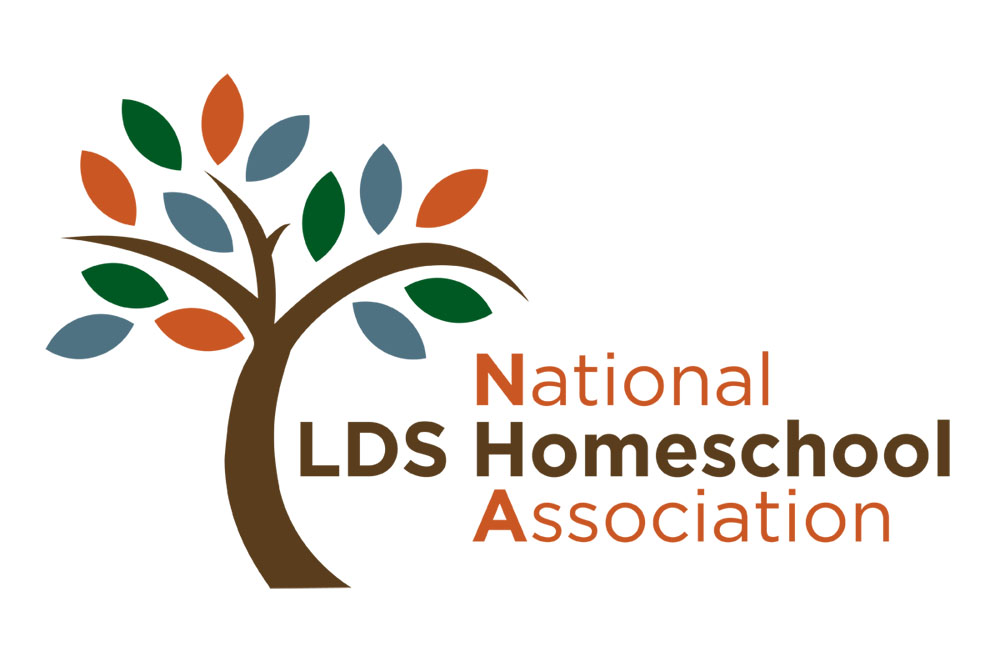If you’re looking for a way to have a more Christmas-friendly December without neglecting academics, here is a little Christmas gift to you from me: a mini unit study on Joy that I created for my children. This unit can be crammed into a day, spread over a week, or savored throughout the month. You can follow it to a T or pick and choose whatever you feel are the best parts. If you come up with additional ideas, go with them. Remember, there are no Unit Study Police. Units are meant to be an enjoyable way for the family to learn together.
*Begin with the discovery of what J-O-Y stands for: Jesus, Others, Yourself. If you prioritize your life in this way, you will have joy!
*Make “Joy” ornaments for your Christmas tree. These can be inexpensively purchased plaster ornaments you paint; cross-stitched versions; lace-trimmed “Joy” Christmas cards with ribbon hangars; salt-dough, gingerbread, or sugar cookie creations. Choose whichever medium is the most “joyful” to you.
*Read Joseph B. Wirthlin’s “The Abundant life” from the May 2006 Ensign.
He says, “The abundant life is within our reach if only we will drink deeply of living water, fill our hearts with love, and create of our lives a masterpiece.” Diagram/highlight the sections of the article and how it illustrates J-O-Y.
*Watch the Church’s DVD “Joy to the World” that came with your Ensign subscription (or order a copy from the missionaries or Distribution Center). Discuss what this has to do with Joy. Think of a person or family you could bring joy to by sharing this DVD.
*Read Psalm 98. Copy in your best handwriting and decorate the margins.
*Learn the story behind the song “Joy to the World.”
*Listen to as many arrangements of “Joy to the World” as you can get your hands on. From a traditional choral performance by the likes of the Mormon Tabernacle Choir, to a rocking version by Trans-Siberian Orchestra, to a New Age arrangement by David Lanz, to a solo by Natalie Cole or Bing Crosby, to a strictly instrumental rendering by any number of orchestras, to a Celtic style. Discuss what all these various pieces have in common, what is different, and which differences you like or dislike.
*Look in the LDS Hymnbook for all other hymns containing the word “joy.” Discuss the contexts in which the word is used.
*Learn about other “joy words” such as rejoice, joyful, enjoy. What does each of these words mean? What about synonyms of joy? Expand your hymn search with these new words.
*Take your search of “joy words” to the scriptures. How many can you find? What are the contexts? Choose your favorite joyful scriptures and memorize them.
*Write your own definition of joy. (This could be a good time to note the difference between definitions and connotations.) “Joy is…” As each child does his own writing, this is a great time for Mom to write a joyful letter to each child specifying the attributes of that child that bring her joy. (Examples to get you started: “Joy is being your mother.” “Joy is seeing you honor your priesthood.” “Joy is seeing my children love one another.” “Joy is hearing your laughter.”)
*Read the picture books Why Christmas Trees Aren’t Perfect by Richard H. Schneider and The Wish to Be a Christmas Tree by Colleen Monroe. Make a Helping Hands Christmas Tree poster like this: Trace your hand 6 times on green construction paper. Cut these out and glue them in layers, pyramid-style, making a “tree” (3 on the bottom, 2 in the middle, 1 on the top) onto a separate piece of paper. Use stickers or small cutouts of forest animals to nestle into the “branches.” On one side of the background paper write JOY horizontally adding Jesus, Others, Yourself in their respective places. On the other side of the paper write, “God uses my helping hands to bring joy to others.”
*Add some Joy to your math. Assign values to the letters of “joy.” Using a pair of dice, play mathematical function games adapted for skill level.
Number recognition: J=5, 6; O=3, 4; Y=1, 2. Be the first to “roll JOY” or roll the most JOY.
Addition: J=12; O=7; Y=4. Roll the dice and see if your numbers add up to the right sums to spell JOY. Letter values can change as well as functions into subtraction, multiplication, division.
Algebra: Write and solve algebraic equations using J, O, and Y in place of a, b, or x.
*Be sure to learn all the words to “Joy to the World” and have a tree-lit sing-along as a family.
Merry Christmas! Here’s hoping you find Joy this December.

